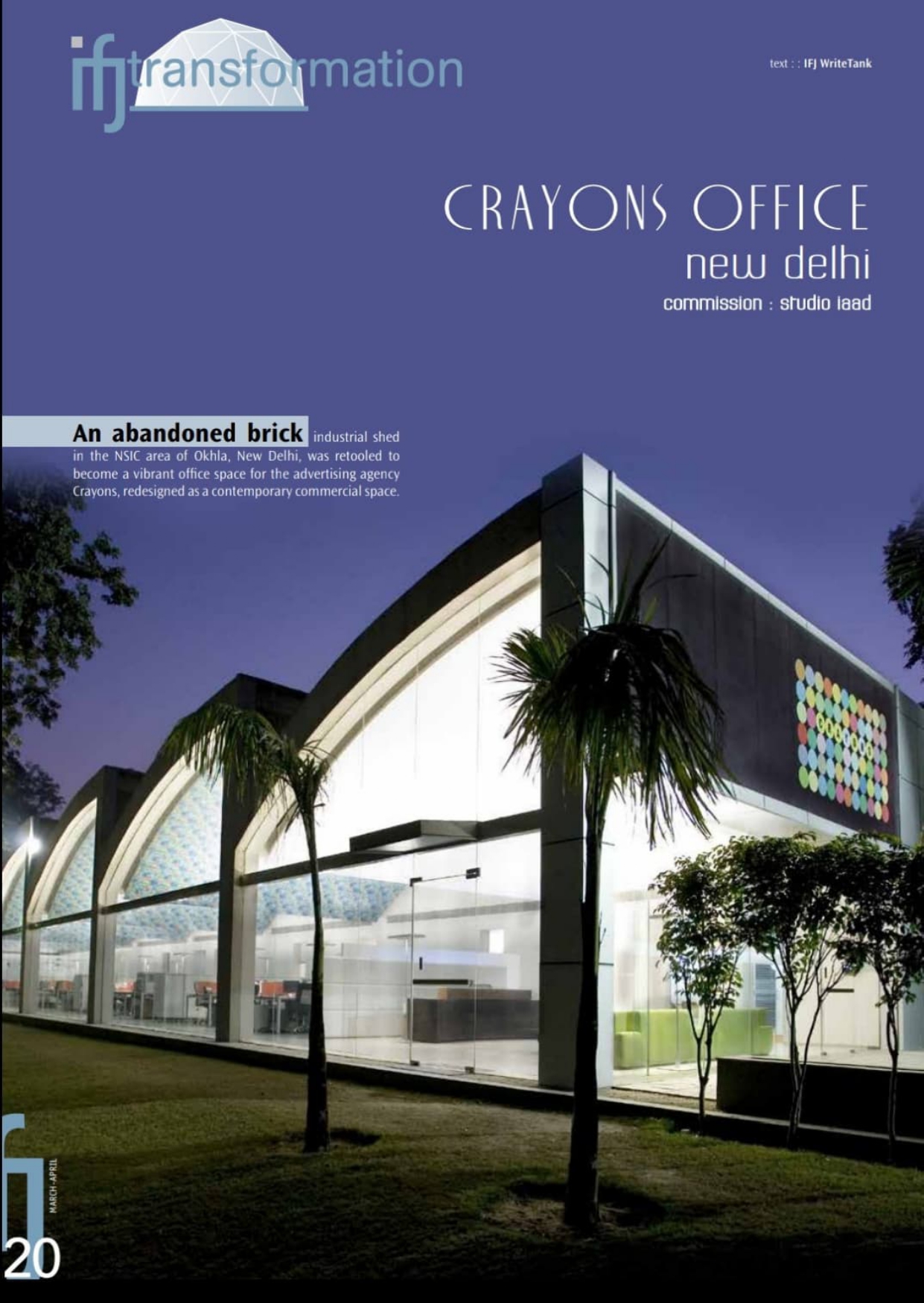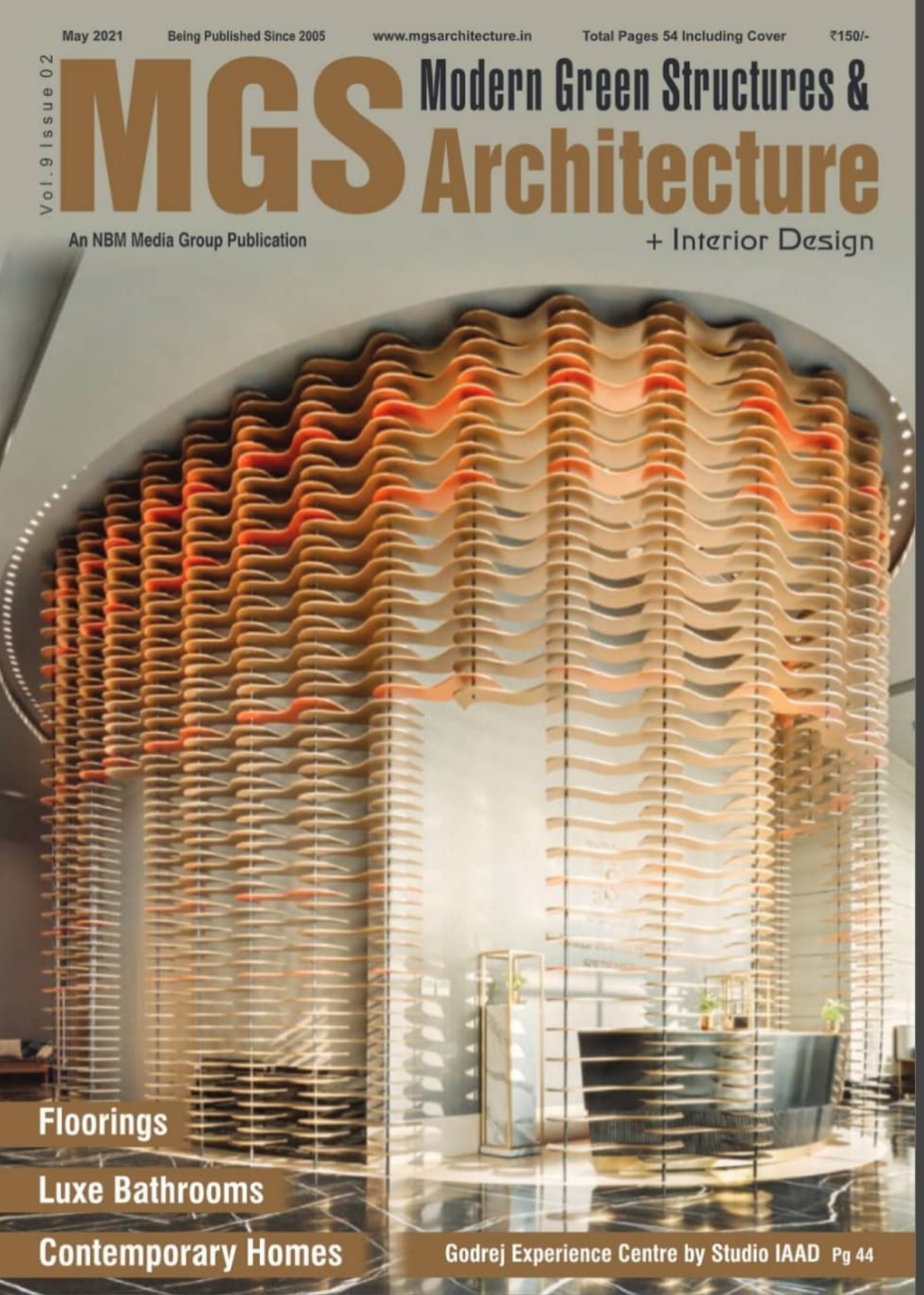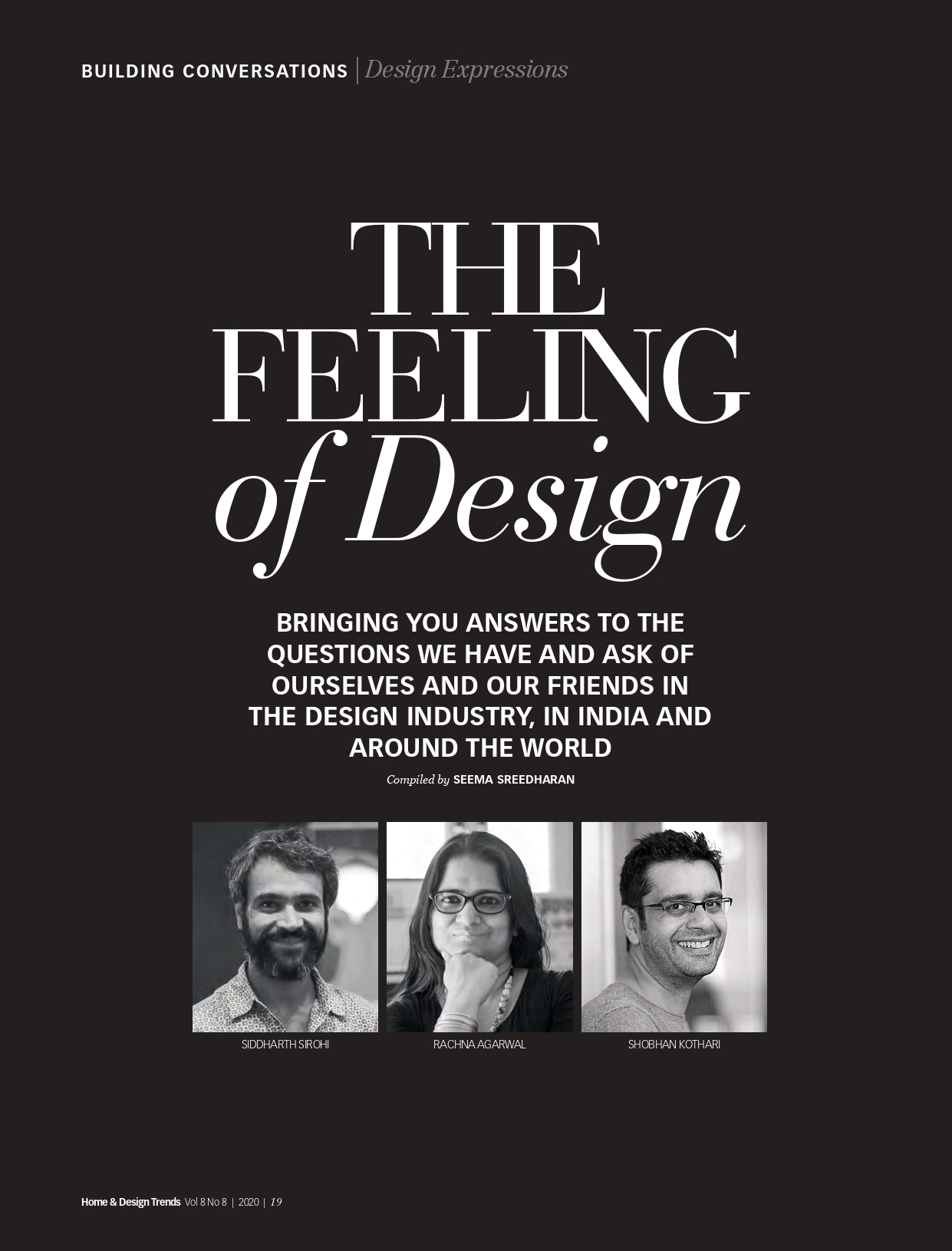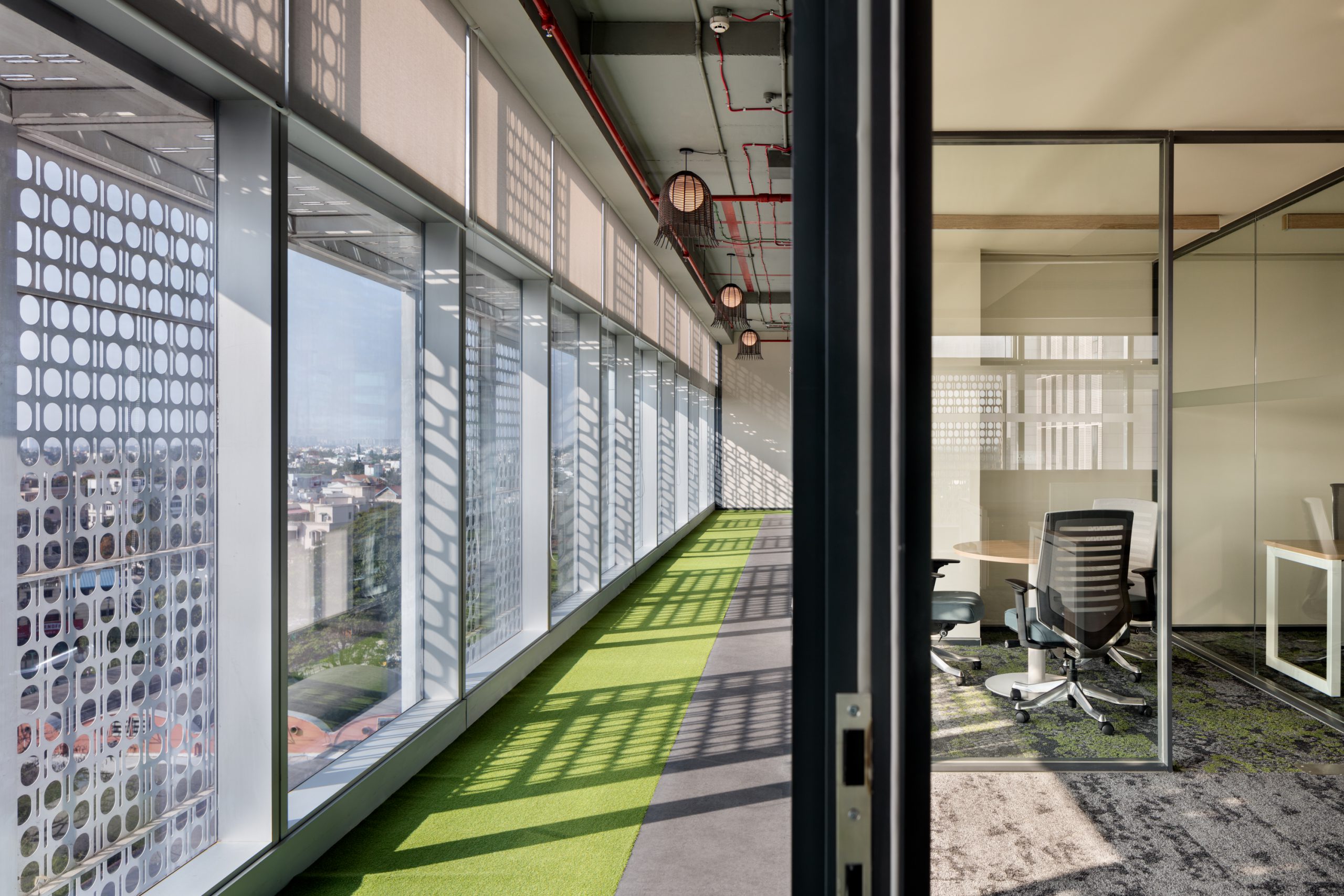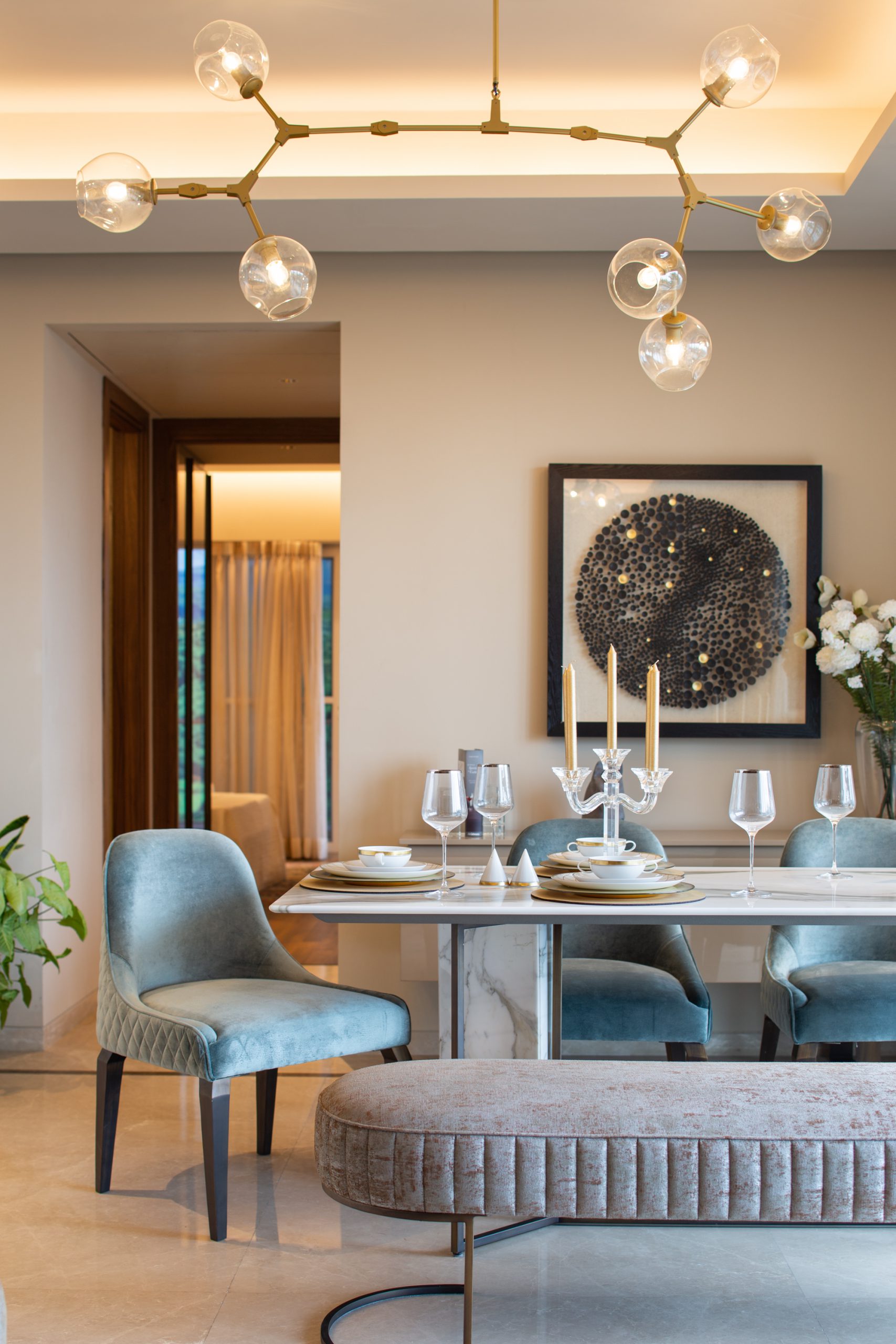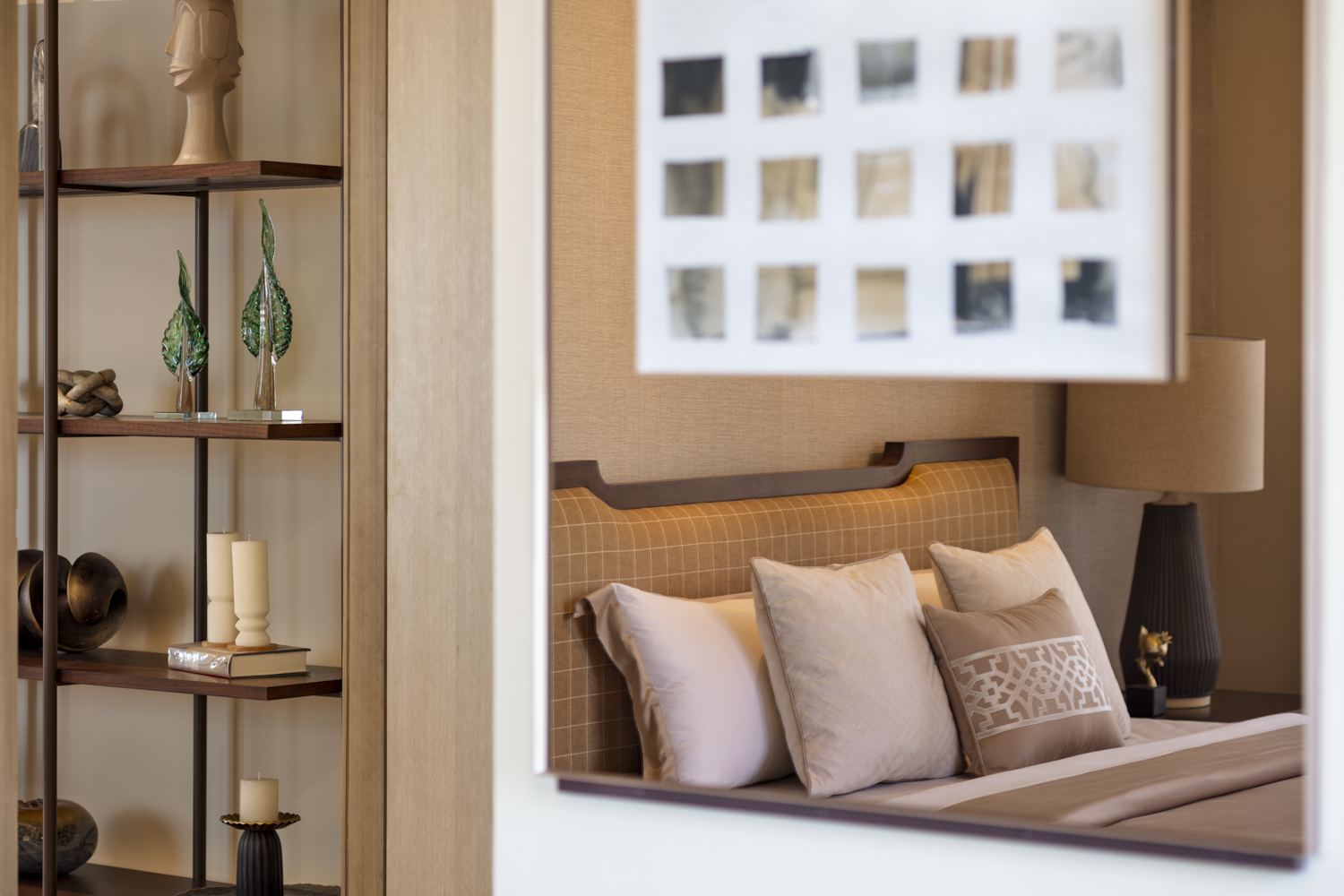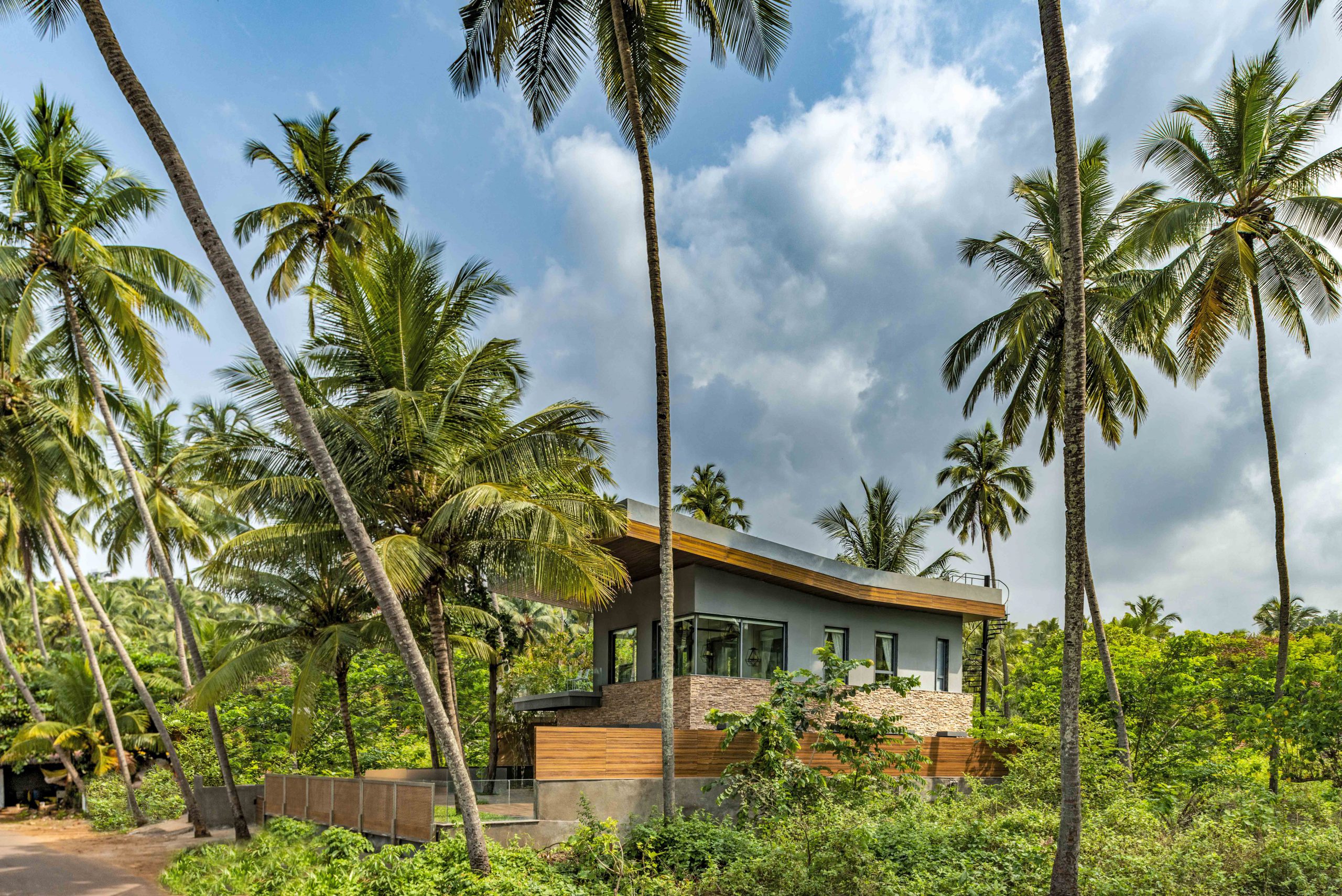
Designing with Purpose: Creating Sustainable and Contextual Urban Spaces
Blog 21
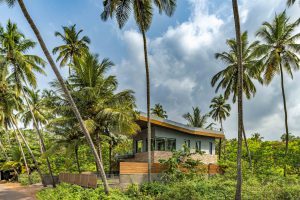
The fascination with modernism and fancy buildings draped in glass is leading to Indian cities losing their identities while trying to be at par with global cities and not being aware of the country’s climate. Great aesthetics must be complemented with the correct material specifications to be sustainable and offer an optimal user experience.
Rethinking spatial planning
A good design – architectural or otherwise – is value-additive and value-accretive. While value addition enhances user well-being, value accretion enables better economic value. At Studio IAAD, our approach to design is keeping the above in focus. Value addition is when we excel and deliver on our client’s brief. Value accretion is when the client’s space gains economic value.
Well-planned, spacious buildings that encourage free movement are the need of the hour. To establish a proper connection between spaces and their context, any design process must start with an extensive understanding of the physical location’s environmental data and the region’s weather patterns. These account for factors such as seasonality, the sun’s intensity, wind, rainfall and humidity, ensuring a genuinely climate-responsive, sustainable and environmentally responsible design solution. Closed-off, walled structures can be redesigned into open, ventilated spaces that allow a wholesome interaction with the environment. Buildings in specific local contexts, like a beach or amidst mountains, can be planned with a mindful selection of materials to retain the region’s authenticity and create habitable spaces.
Integrating biophilic design elements
Once the climatic factors are taken into account, a biophilic design approach can be implemented to reconnect with nature and create healthy and productive habitats for the modern lifestyle. The inclusion of direct or indirect elements of nature into the built environment has shown demonstrated results, through research, to reduce stress, anxiety and ill-health whilst increasing productivity, creativity and well-being. It filters air on a micro level, reducing toxin levels and optimising its quality and ventilation. It also promotes a healthier lifestyle through improved thermal and acoustic comfort through natural mechanisms.
Adding a touch of green, such as a few potted plants, can transform a space to create a better indoor environment. Green walls and open spaces can augment, nourish and enrich spaces while endowing vibrancy and serenity through internal and external views of nature. Their engagement with the human senses can also have positive psychological and physiological effects on the user, improving lives and lifestyles.
Using natural materials
Natural materials in construction and finishes are another indirect way to incorporate biophilic elements in a design. They have the most negligible environmental impact and are renewable while being safer and more hygienic than other materials that tend to become breeding surfaces for microbes. Recycling, upcycling, and repurposing of natural materials ensure waste reduction, thereby reducing the carbon footprint. For projects such as retail stores and experience centres, the convenience of the visiting customer is a crucial factor. A customised walk-through that employs the products as the vital installation optimises ease of accessibility, ensuring user well-being. Biomorphic forms and patterns that mimic nature to create natural and organic shapes also form the basis for many architectural works, celebrating simplicity and respecting functionality.
Personalising experiences
The planning and approach need to be customised accordingly for spaces specially designed to keep a specific category of end-users in mind. For example, the design for a school must employ user-friendly materials to curate an experiential space that promotes early-age adoption of aesthetics. The interventions must focus on a holistic approach that promotes health and safety despite an accessible learning environment. For housing communities, an egalitarian experience of the space for the residence owners fosters well-being. With a focus on context, flora and fauna, hygiene, health and safety, a thoughtful design places the user at the crux of its concept.
The dwindling state of natural elements in buildings due to the chase for technological, futuristic buildings is an alarming cause of concern. An optimal design solution builds a sustainable user experience. It promotes healthy interaction among the natural surroundings and the building inhabitants, reiterating the innate tendency of the connection with the earth that we have had over centuries.
